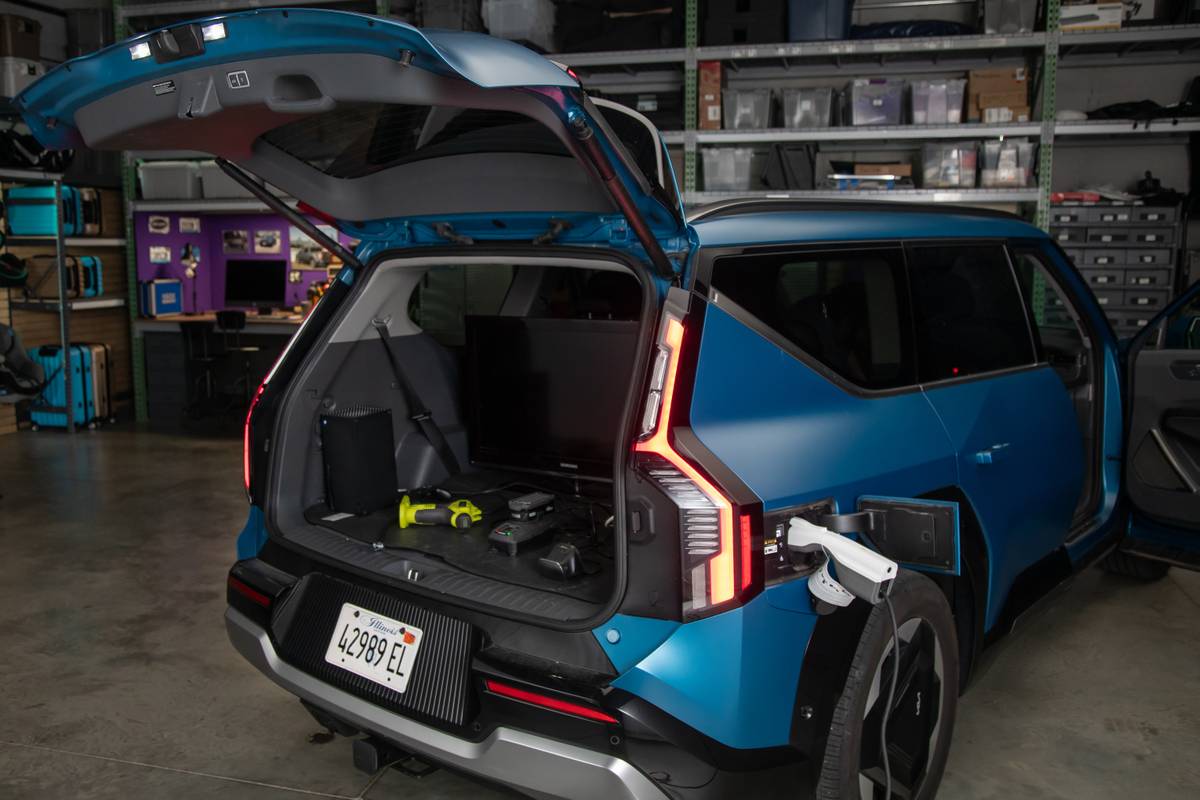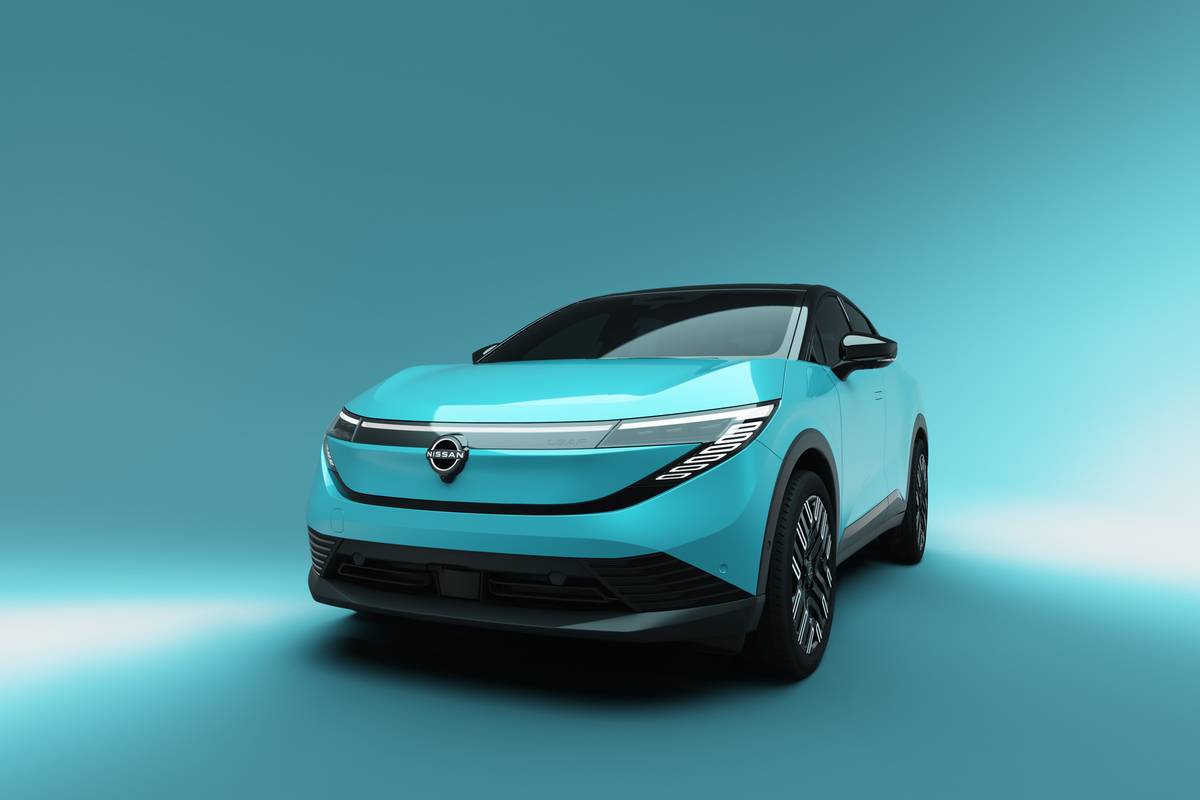KansasCity.com's view
Maybe Ford should call its new sedan the trans-Fusion because of the life Ford hopes it will inject into its midsize sedan family.
The Fusion slots into Ford’s lineup between the Focus and the Five Hundred, and it squares off against competitors such as the Nissan Altima, Toyota Camry and Honda Accord.
The Fusion, along with the Mercury Milan and Lincoln Zephyr, is based on the Mazda 6 platform. Ford owns a controlling interest in Mazda.
Midsize sedans are critically important for any auto company. That’s even more true today because customers are shopping for cars with renewed interest because of high gasoline prices and a new interest in fuel economy. A midsize sedan is still the best-selling automobile, so it is a segment that can’t be dismissed.
The Fusion starts at $17,795 for the 2.3-liter four-cylinder with 160 horsepower and a manual transmission. Standard equipment includes 16-inch wheels, air conditioning, AM/FM stereo with CD player, power windows and power door locks with keyless entry.
The SEL trim adds an automatic transmission and fog lamps, 17-inch aluminum wheels, automatic temperature control, six-speaker stereo, upgraded wood or piano black interior trim, and a leather-wrapped steering wheel with fingertip controls for audio and climate.
An SEL with the 3.0-liter, 221-horsepower V-6 with six-speed automatic transmission begins at $22,360. The test car, from Ford’s press fleet, was a V-6-powered SEL.
All-wheel drive will be offered at some point in the future, and a full-hybrid gas/electric powertrain will be available for the 2008 model year.
The Fusion’s styling is similar to that of the Ford 427 concept car. The three-bar grille has its thematic roots in the 1948 Ford pickup truck. This grille is becoming Ford’s signature, and it may be used on other models.
The body’s design has a lean simplicity that is very appealing. Even though many of its details are quite subtle, such as the side character lines that reflect light in a way that makes the car look longer, the overall package is dignified and attractive.
The Fusion’s V-6 is likely to be the engine of choice for most buyers because it generates 221 horsepower. To reduce noise and vibration, engineers employed hydraulic engine mounts and a front engine cover made from a sheet metal “sandwich.” These work, but this engine still isn’t quite as quiet or as muscular as some competitors.
Ford recently unveiled a 250-horse, 3.5-liter V-6 whose physical size is the same as the current 3.0-liter engine in the Fusion. That means this larger engine could be an option in a couple of years.
Both the four-cylinder and V-6 have all-aluminum construction, dual overhead cams, four valves per cylinder, variable cam timing on the intake valves and electronic throttle control. Each has a 150,000-mile tuneup interval.
The V-6 has an EPA highway fuel economy rating of 29 miles per gallon.
The Fusion’s interior is quite pleasant. The seats are comfortable, and low-gloss materials with a leatherlike texture add a touch of elegance to the instrument panel and door panels. Steering wheel controls for the audio system and cruise control are easy to reach and nicely designed.
The gauge design is a bit underwhelming, more so in daylight than at night. The controls in the center of the dash are large enough to be operated with gloves. Standard features include a dash-top storage bin and a center console with two covered storage compartments. Front doors and seatbacks have map pockets.
The back seat has 37 inches of leg-room due to the rather long 107.4-inch wheelbase. Ford said designers practiced getting in and out with size 14 shoes to ensure easy entry. Folding down the 60/40 split-folding rear seat can expand the 15.8-cubic-foot trunk.
The Fusion’s chassis has class-leading torsional rigidity, thanks to extensive “digital,” or computerized, development. The suspension geometry and layout were designed to deliver responsive ride and handling. The brakes have large rotors and new calipers. The rack-and-pinion steering is mounted to a separate subframe for reduced noise and vibration.
A multi-link, double-wishbone rear suspension helps keep the rear wheels in contact with the road, while up front the short-arm, long-arm design provides better handling than MacPherson struts. Aside from improving handling, the independent rear suspension eliminates the need for large shock absorber towers in the trunk, and that results in more cargo space.
Price
The test car’s base price was $22,360. Options included side-curtain airbags, heated power mirrors, heated front seats, anti-lock brakes, leather upholstery and upgraded stereo. The sticker price was $25,555.
Warranty
Three years or 36,000 miles.
Engine: 3.0-liter, 221-hp V-6
Trans: Six-speed automatic
Wheelbase: 107.4 inches
Curb weight: 3,101
Base price: $22,360
As driven: $25,555
Mpg: 21 city, 29 hwy. At A Glance
Point: The Fusion is a significant car for Ford because it takes on all comers in the heart of the sedan segment. Overall, it feels light, lively and energetic. It can comfortably seat four adults, has a good-sized trunk and seems tight and solid. The styling is understated but handsome.
Counterpoint: A bit more power or more midrange torque would liven up the car. The gauge package is quite plain for a car in this price category.
To get in touch with Tom Strongman, send e-mail to tstrongman@kc.rr.com.
Latest news



